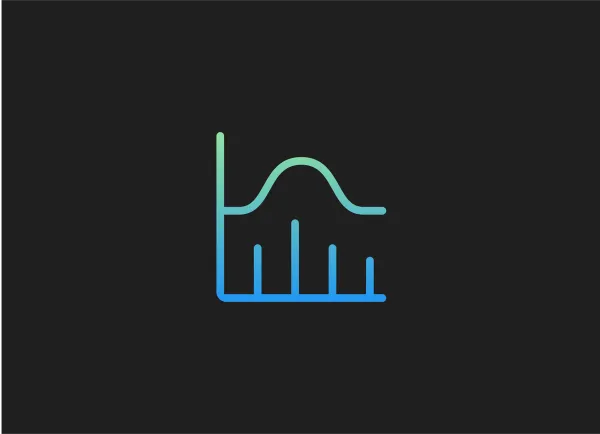
What is the K Factor/ Viral Coefficient?
The K factor or viral coefficient measures how many new, secondary users, an individual new user helps you acquire over their lifetime. For SaaS companies, if the software is good, the individual users will then refer the software to their friends, teams, and companies. In simple terms, a viral coefficient is a number which indicates how many new users a current user is referring to your business. This metric is used to measure the organic growth of a company. Understanding and improving the viral coefficient of your SaaS solution is a crucial part of achieving exponential growth.

How to Calculate SaaS K Factor/ Viral Coefficient
Here’s how to calculate your K Factor or Viral coefficient, according to Culttt:
- Take your current number of users (let’s call it 100)
- Multiply by the average number of invitations or referrals that your user base sends out (100 x 10)
- Find the percentage of referrals that took the desired action, for example, signed up to be a new user. (12%)
- If 12% of 1000 invitations signed up for your product you would have 120 new users.
- You started with 100 users and you gained 120 users. So you divide the number of new users by the number of existing users to find your Viral Coefficient (120 / 100 = 1.2).
Kissmetrics notes that a positive viral coefficient rate means four things:
- You are giving your customers a positive user experience
- You’ve found product/market fit
- You have a low cost of acquisition
- You will probably have high profitability
A viral coefficient of 1 or above means that for every user you acquire, you’ll gain at least one additional user through the referral process. Each round of referrals creates a viral loop of growth.
Note: This is a very basic model that assumes no user growth from other sources (Paid Advertising, Content Marketing, etc.) If you want to start building charts like this to showcase the growth of your business, start your free 14-day trial on Visible
Why it’s important but Not the Only Metric for User Growth
Customer acquisition can be challenging for SaaS companies, but having a positive viral coefficient means you are acquiring new customers essentially for free.
But what if your viral coefficient is lower than 1? Many people argue that anything less than a K Factor of 1 is worthless, because this implies that your SaaS Company is failing. However this isn’t necessarily true. In reality, as long as you have a great product with repeat customers a K-Factor as low as 0.2 will still equate to a free extra user every time a user signs up. Furthermore, recommendations and referrals should not be your only measure of user adoption and growth. Many SaaS companies, such as ShoeBoxed which has a low viral coefficient score of around 0.16, build customer acquisition by using other channels such as SEO or PPC or content marketing to bring in new users. Instead of bringing in one person, they bring in 1.2 – 1.4. For them, the referral program is just a way to enhance the efforts of all other customer acquisition tools.
It’s also important to note that viral coefficient isn’t always predictable, and relying on referral programs doesn’t always equate to short term boosts in users. Some referral processes take longer to make conversions because potential users needed more exposure to multiple referrals before signing up. When digital signature company EchoSign tracked their viral conversions, they found that their average viral cycle (the time from initial user sign-up to successful referral sign-up) was 8 months.
Therefore you should always look at your viral loop as a side growth accelerator that will boost all of your other user acquisition efforts.
Great Resources for Viral Marketing and SaaS
Now that you know how to calculate your K-Factor and understand why it’s a great metric for growth, here are some great articles on viral marketing and some examples of the SaaS companies who are winning the viral marketing game:
- How Referrals Built The $10 Billion Dropbox Empire, by Visakan Veerasamy for Referral Candy
- The Best Referral Program Examples, by Brandon Gains at Referral SaaSquatch
- Customer Acquisition & Monetization, by David Skok for For Entreprenuers
- ‘Startup Growth Engines: Case Studies of How Today’s Most Successful Startups Unlock Extraordinary Growth’, by Sean Ellis & Morgan Brown
This post is part of our Most Valuable Metrics series, helping your company understand how to develop a holistic framework for tracking your performance and telling your story to everyone who matters to your business. You can find previous posts in the series here:
- Your Company’s Most Valuable Metric
- How to Calculate Lead Velocity Rate (LVR)
- Stealing the Right Growth Metrics for Your Startup
- How to Calculate Bookings
- What is your Investor Net Promoter Score?
- How to Calculate SaaS Churn
- How to Steal the Right Growth Metrics for Your Startup
- How to Calculate Net MRR





